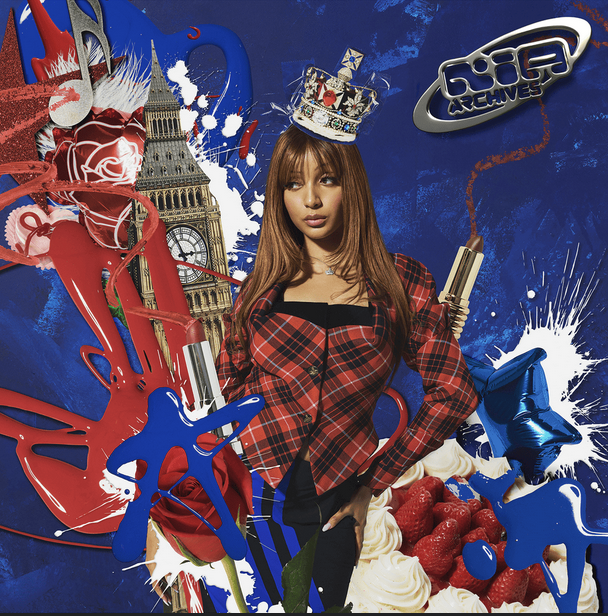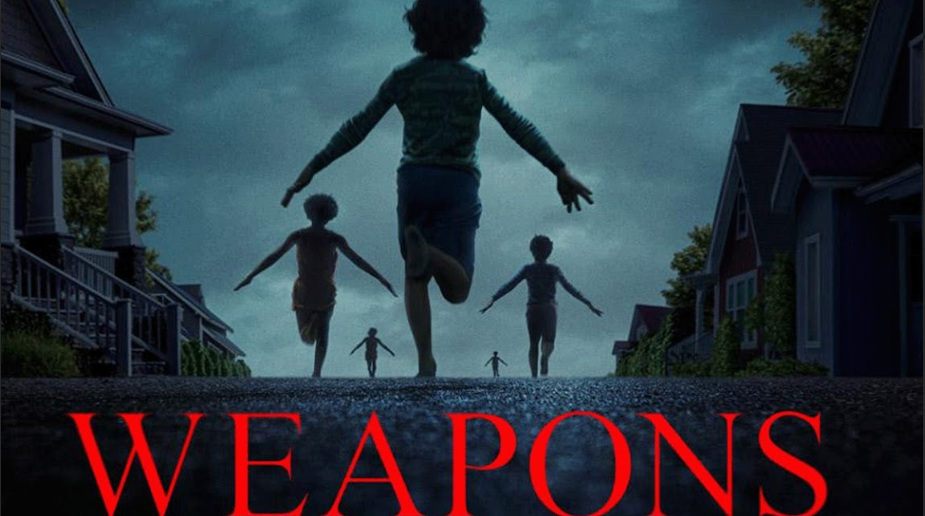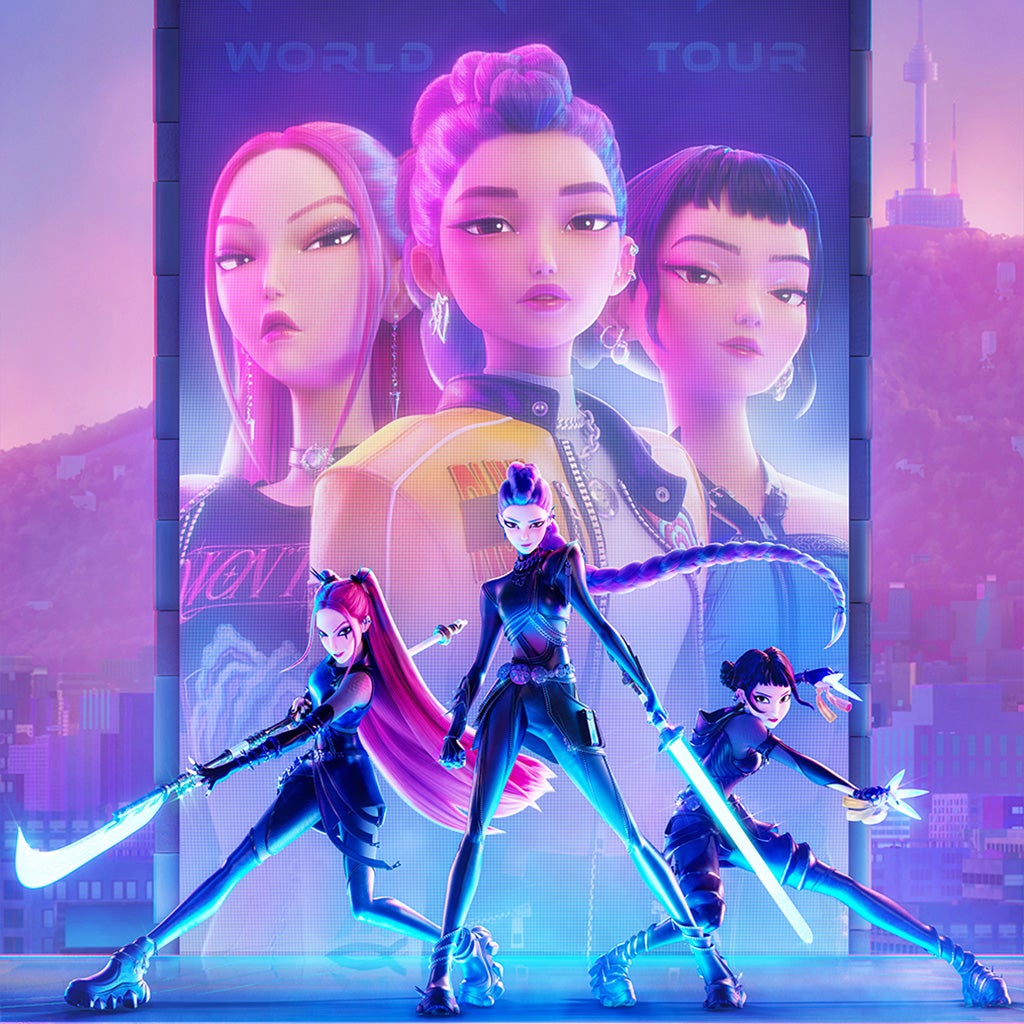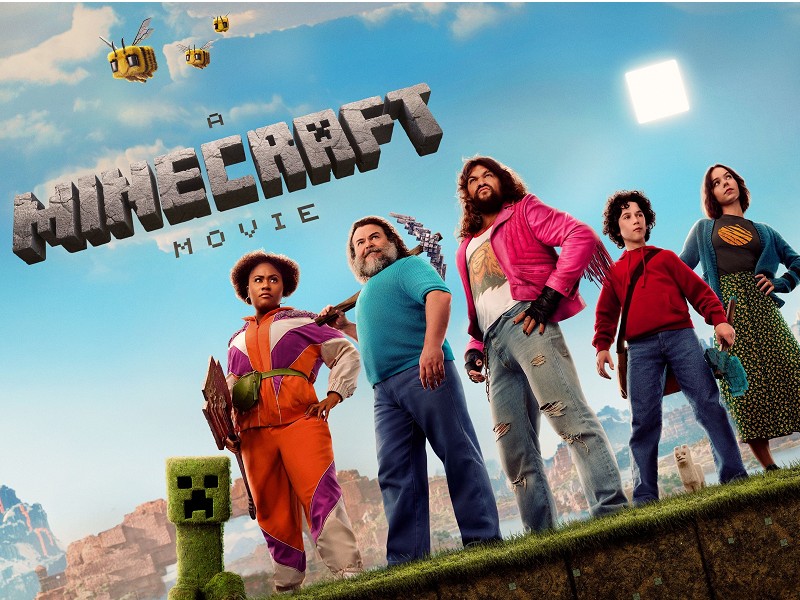Iconic voice synthesizer, turquoise pigtails and holographic futuristic appeal, Hatsune Miku made her big-screen debut on April 18 with her first official movie: “Colorful Stage! The Movie: A Miku Who Can’t Sing.” From features in popular video games like “Fortnite” to over 100,000 songs using her unique voice changer, Miku is effectively the most recognizable Vocaloid globally. Though audiences may puzzle at the idea of featuring Miku in a movie fashion, “Colorful Stage! The Movie” takes a creative and unconventional approach to storytelling.
Unlike other game-based films such as the “Minecraft Movie”— released earlier the same month— “Colorful Stage! The Movie” may cover less ground in notoriety. The movie is based on the Japanese rhythm game “Project Sekai: Colorful Stage,” a click-the-tile-style game where the player follows their favorite music group, working to clear a song at customizable degrees of difficulty.
Its fan base of 10 million still has less popularity in Western countries compared to its previously mentioned counterpart’s fan base of over 200 million. The movie’s reliance upon the audience’s prior knowledge may be its biggest shortcoming, as it may not appeal to the average moviegoer.
Miku is in trouble, her virtual reality is threatening to collapse under the overwhelming weight of the negative emotions and the self-doubt of a group of individuals she is trying to reach out to. Throughout the movie, the themes of depression, anxiety and never being enough are communicated through individuals who have begun to question their path as musicians. Though not overly heavy as a PG movie, “Colorful Stage! The Movie” portrays these negative aspects well, with the most serious portrayal being suicidal ideation.
Centered around the theme of hope, “Colorful Stage! The Movie” focuses less on Miku herself and more on a cast of 20 individuals from the game. Without giving away too much of the plot, the 20 individuals make up five separate four-person music groups, each with their unique style and motivations. The characters are interconnected both in the real world and an alternate musical reality called SEKAI. The audience follows both Miku and the cast of 20 as they try to connect with the struggling artists through music.
Aside from the story itself, the movie lives up to its game counterpart, including six original soundtracks. As an animated movie, the landscape is colorful and full of digitized elements that have an energetic appeal. The landscape sets up as a slice-of-life until the characters start singing with shapes and symbols accompanying their music to emphasize their songs’ themes. Color represents emotions, with the landscape taking on a grey-blue then black atmosphere during the darkest parts of the movie.
Directed by Hiroyuki Hata and produced by P.A. Works, the movie plays off the futuristic aspects of Miku. It is especially creative with its portrayal of each group’s energy, ranging from loud and boisterous to introverted and soft. Each group of characters is portrayed in a warm, appealing manner, where the audience comes to root for each group, even though the plot does not rely on backstories because of the number of characters.
Although the plot may take a quick read of the original game wiki, the movie itself is a magnificent portrayal of music, art and inspiration. Available until April 30, the movie runs for a quick 105 minutes. For anyone looking to enter the world of digital singers and idols, the movie promises that the viewer will never feel bogged down while immersed in the soundtracks and graphics. If you want to watch a movie that can be both light while handling nuanced elements as serious as mental health, “Colorful Stage! The Movie: A Miku Who Can’t Sing” is all that one could ask for and more.















